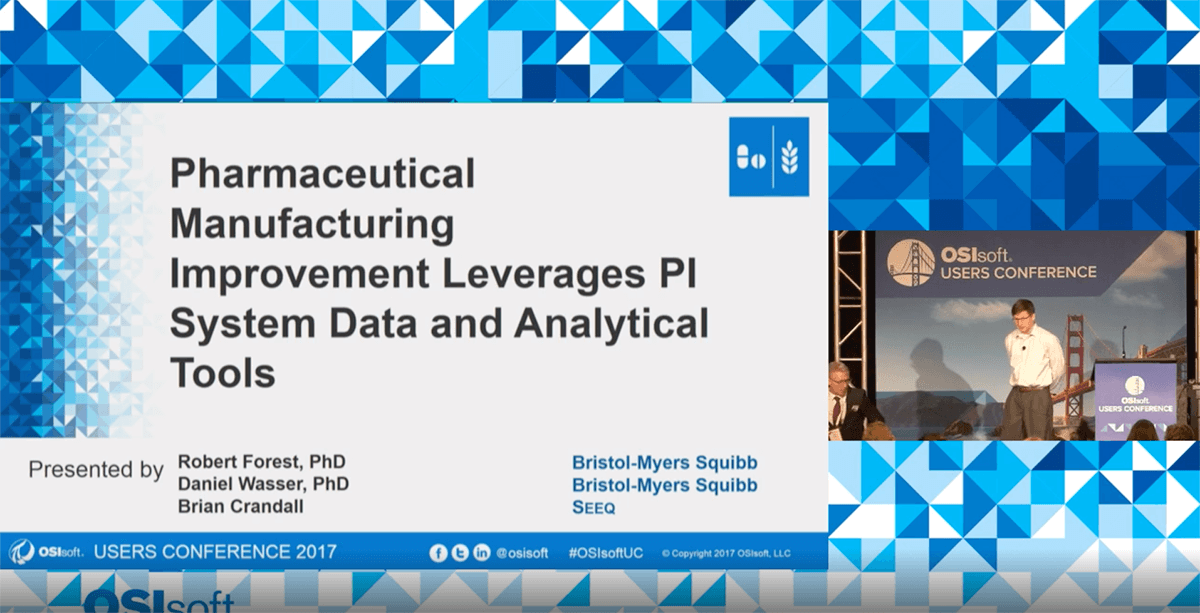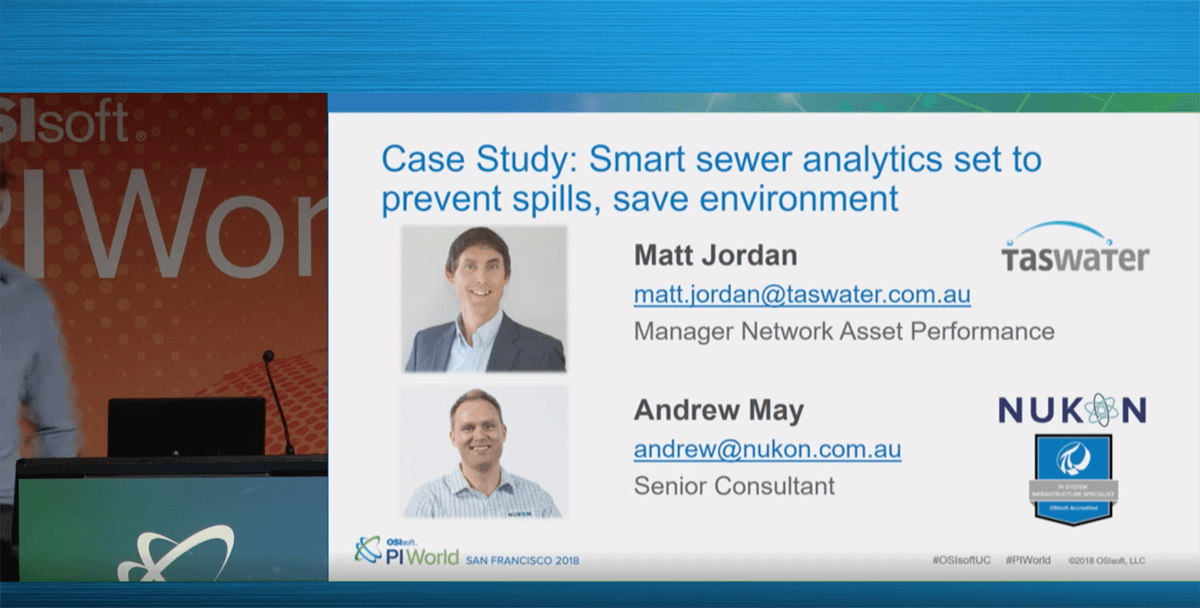
Reinventing Downtime Reporting
Understanding the Importance of Downtime Reporting and How It Affects Decision Making.
It’s 2019, over half way to 2020, so a discussion of downtime reporting may seem a little out of date. Whatever you call it—downtime reporting, Overall Equipment Effectiveness (OEE) or Asset Utilization—it’s not a new topic. It might also have scenario-specific names like Clean in Place (CIP), which is a variation on the theme: how quickly to cycle a process and return assets to availability.
You can easily find articles a decade or two old with excellent descriptions of how to calculate OEE or measure asset downtime, and it’s been a foundation of Lean or Six Sigma methodologies for years. So, it may be a strange topic in the context of an advanced analytics offering such as Seeq.
Except that so many customers have been sharing their success stories using Seeq for downtime reporting, it seems we need to take a new look at this classic metric. The customer successes reflect a couple of common themes. First, relief from years of misery mired in spreadsheets investigating downtime issues. Second, massive savings of $1M a year or more from insights uncovered on downtime analytics. And finally business transformation by radically accelerating decision making and actions within their respective companies. Those are substantial benefits that reinforce both the importance of downtime reporting and the opportunities to improve it.
Let’s talk about downtime reporting or OEE
These calculations are examples of “descriptive analytics,” they describe what happened, a term associated with reports and data visualization: static and historic. If you update the reports on some interval (often referred to as a dashboard), then they are still descriptive analytics because although the numbers may not be static, the calculations and parameters (fault codes, measurements) are fixed at the point of design. Therefore, descriptive analytics is considered a basic form of analytics because you define what you are looking for and calculating in advance and then measuring and presenting in past or present form. As Donald Rumsfeld might say this is an example of the known knowns.
“No plan of operations reaches with any certainty beyond the first encounter with the enemy’s main force.” Helmuth van Moltken 1880.
The fact that downtime reporting is based on a calculation determined in advance of plant operations means that as soon as something interesting happens—as soon as there is an encounter with the enemy—then the report’s value as a picture of the past rapidly decreases.
And when insight is needed to solve the unknown issue—for example to figure out what happened that wasn’t expected, why the metric is below plan or to understand causation—then downtime analysis becomes a task for a process engineer. Back to the earlier point about the enthusiasm for Seeq among process engineers in downtime reporting, this is the reason: downtime reporting becomes their problem.
With Seeq, process engineers are able to work at the speed of thought to investigate any issue, incorporate any data source, and quickly find insights while applying their expertise in the process or assets. This puts process engineers where they should be, at the frontlines of insight, and with Seeq they have a solution that is radically faster than the spreadsheet approach.
In analytics terms, what has happened is a transition from descriptive analytics to diagnostic analytics. If descriptive analytics is a report, diagnostic analytics is interactive investigation and discovery, in some cases a root cause analysis. Diagnostic analytics is how cause is determined and correlations found, and it can include discoveries of best practices and comparisons. All of these insights are arrived at very quickly by leveraging computer science innovations (big data, machine learning, etc.) that enable the “advanced” in Seeq’s advanced analytics application.
OSIsoft PI World presentation by Seeq customer on Clean In Place analytics:

Also, with Seeq as these insights are found they can be published to colleagues as web pages, PDF documents, or updated images. This means that engineers using Seeq have an integrated approach to both diagnostic (investigation) and descriptive (publishing) analytics. Of course, integrated investigation and publishing is a benefit as compared to using two different tools, but just as important is the fact that engineers themselves can create, publish, and update the analytics—without any required intervention from IT personnel or specialists.
Unlike traditional OEE reports which are set up by IT departments or plant administrators based on a design that can drift away from plan (new assets, new recipes, new season, new raw materials), Seeq enables the front line employee to quickly iterate the underlying calculations and source data as necessary to represent current plant conditions and associated opportunities. So the investigation is faster, the publishing is integrated, and the usage is self-service for the employee closest to the process or asset.
Process engineers using Seeq can also take another step in their analytics efforts, and again this is a part of the Seeq application, by incorporating predictive analytics. Predictive analytics completes the range of data from historical (diagnostic) and present (descriptive) to what is expected to happen. So now instead of an unplanned downtime event, engineers can avert downtime with an early warning system which provides anything from hours to weeks of advanced notice, depending on the process, the data and the expertise of the engineer
For customers interested in moving from scheduled to predictive maintenance, for example, the ability to evaluate when maintenance is required, what parts to order, and so forth is critical. This of course is the real goal: nobody wants to brilliantly measure the history of asset failure in downtime or OEE reports, the business objective is instead to avoid unnecessary downtime to the greatest extent possible.
OSIsoft PI World presentation by Seeq customer on predictive analytics:

Diagnostic, descriptive, and predictive analytics can be performed on existing data from SCADA, historian, and other manufacturing data sets—and there’s one more form of analytics. Unlike the other terms, this last analytics type doesn’t have an established name, but is the ultimate objective of all analytics: do the right thing.
Yes, it sounds silly, but again our customers have been emphatic on their enthusiasm for using Seeq to quickly figure out the right thing to do to improve operations. In the past, the time to insight in a spreadsheet was ominously long and the work was onerous, so they simply were not able to do the necessary calculations in time to impact and improve production outcomes.
But with Seeq, days and weeks become minutes and hours. Yes, that sounds like something the marketing department wrote, which doesn’t mean it’s not true. Seeq enables analytics in time to make a difference, consider tradeoffs, and optimize for the big picture. So Seeq delivers all those analytics types, and a better outcome as well.
Downtime reporting and OEE are not new concepts
In summary… as mentioned earlier, downtime reporting and its variants like OEE are not a new concept, they are a stable of every operations playbook. But that doesn’t mean there isn’t an opportunity for a fresh look at the potential of advanced analytics applications to improve all types of analytics related to these reports.
With Seeq, our customers are finding valuable insights quickly and making better and faster decisions on how to optimize outcomes and, thoughtfully enough, sharing their stories with Seeq. Please let us know if a demonstration would help!